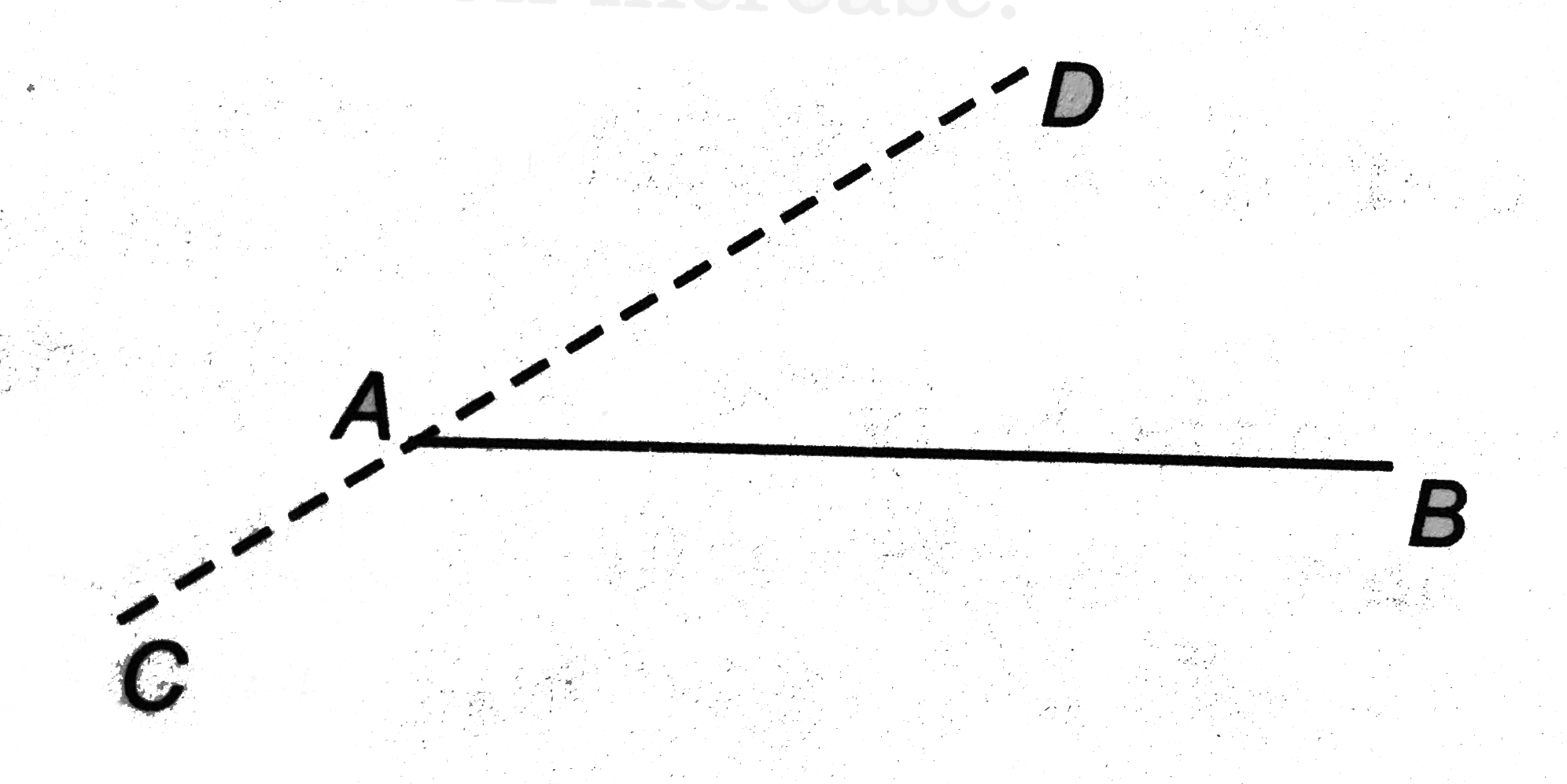The theorem of perpendicular axes is applicable for
only planar bodies
only regular shaped bodies
only three dimensional bodies
None of the above
The correct Answer is:A
To determine the applicability of the theorem of perpendicular axes, we need to understand the conditions under which this theorem holds true. The theorem states that for a planar body, the moment of inertia about an axis perpendicular to the plane (Iz) is equal to the sum of the moments of inertia about two perpendicular axes lying in the plane (Ix and Iy).
1. Understanding the Theorem: The theorem of perpendicular axes states that for a planar body, the moment of inertia about an axis perpendicular to the plane (Iz) is equal to the sum of the moments of inertia about two perpendicular axes in the plane (Ix + Iy). This can be mathematically expressed as:
Iz=Ix+Iy
2. Identifying Planar Bodies: A planar body is a two-dimensional object that lies entirely in a single plane. Examples include shapes like rectangles, circles, and triangles. The theorem is specifically applicable to these kinds of bodies.
3. Exclusion of 3D Bodies: The theorem does not apply to three-dimensional bodies (like spheres or cubes) because their moment of inertia cannot be simply derived from the moments of inertia of two axes in a plane. For 3D bodies, the distribution of mass in three dimensions complicates the calculation of moment of inertia.
4. Conclusion: Based on the above understanding, we conclude that the theorem of perpendicular axes is applicable only for planar bodies.
Final Answer:
The theorem of perpendicular axes is applicable for planar bodies.
---
Iz=Ix+Iy
The theorem of perpendicular axes is applicable for planar bodies.
Topper's Solved these Questions
- SYSTEM OF PARTICLES AND ROTATIONAL MOTION BOOK - NARAYNACHAPTER - SYSTEM OF PARTICLES AND ROTATIONAL MOTION EXERCISE - EXERCISE - I (C.W)
63 Videos
- SYSTEM OF PARTICLES AND ROTATIONAL MOTION BOOK - NARAYNACHAPTER - SYSTEM OF PARTICLES AND ROTATIONAL MOTION EXERCISE - EXERCISE - I(H.W)
63 Videos
- SYSTEM OF PARTICLES AND ROTATIONAL MOTION BOOK - NARAYNACHAPTER - SYSTEM OF PARTICLES AND ROTATIONAL MOTION EXERCISE - EVALUATE YOURSELF - 5
6 Videos
- SYSTEM OF PARTICLESBOOK - NARAYNACHAPTER - SYSTEM OF PARTICLESEXERCISE - Level-VI
78 Videos
- THERMAL PROPERTIES OF MATTERBOOK - NARAYNACHAPTER - THERMAL PROPERTIES OF MATTEREXERCISE - LEVEL - II (H.W.)
19 Videos
Similar Questions
Knowledge Check
The theorem of perpendicular axes is not applicable for determination of moment of inertia along the diameter, for which of the following body :-
AsphereBdiscCringDbladeTheorem of parallel axes is applicable for
Atwo dimensional bodiesBlaminar type bodiesCthree dimensional bodiesDany type of bodiesBy the theorem of perpendicular axes, if a body be in X-Z-plane then :-
AIx−Iy=IzBIx+Iz=IyCIx+Iy=IzDIy+Iz=Ix
State and prove theorem of perpendicular axes.
View SolutionBy the theorem of perpendicular axes, if a body be in X-Z-plane then :-
View Solution
Assertion: There is a thin rod AB and a dotted line CD. All the axes we are talking about are perpendicular to plane . As we take different axes moving from A to D, moment of inertia of the rod may first decrease then increase.
Reason: Theorem of perpendicular axis cannot be applied here.
View SolutionTheorem of parallel axes
View SolutionBy the theorem of parallel axes:
View Solution
